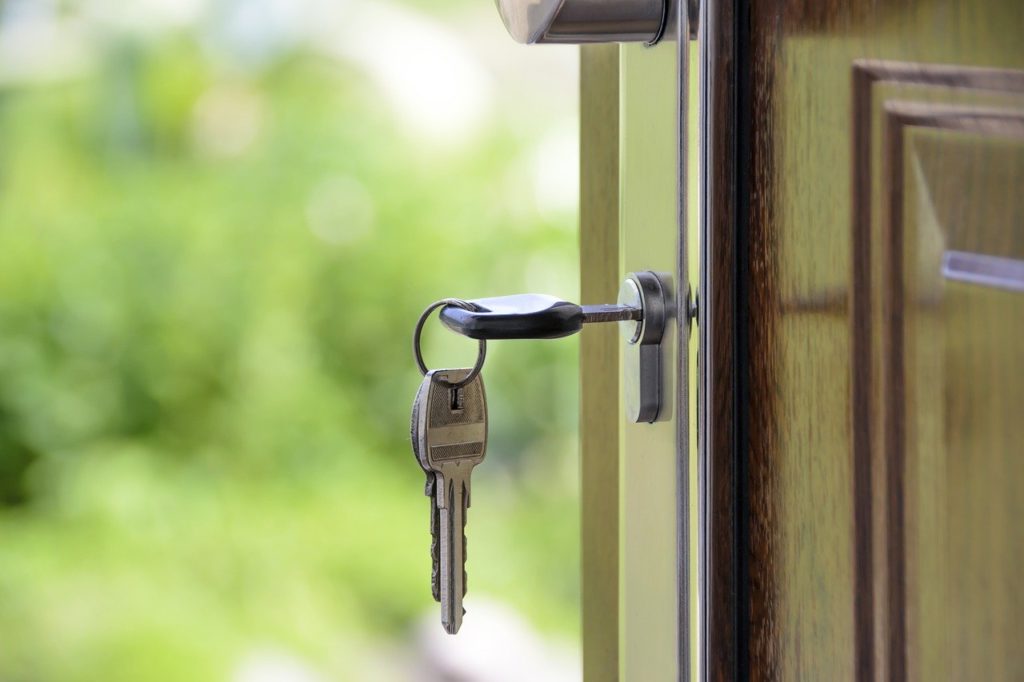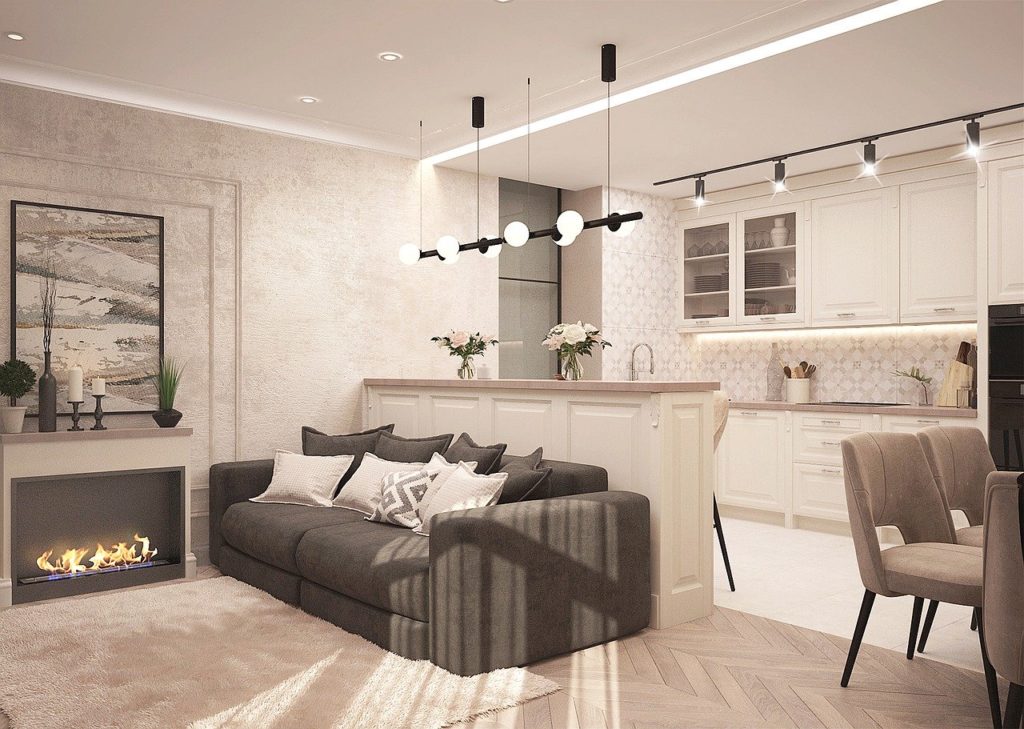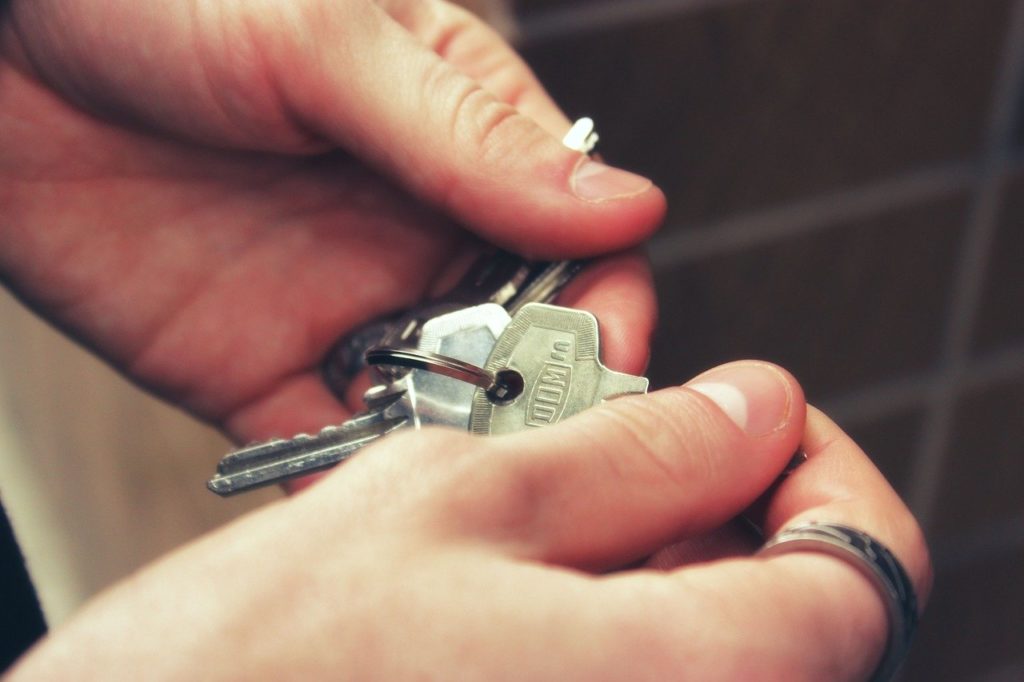Subleasing: Pros And Cons For Landlords
Is Subleasing Worth It?
As a landlord, there is much to manage, and much to think about. Property must be maintained, taxes must be handled, tenants must be evicted, and tenants must be acquired. Many landlords are strategic: they’ll allow one of their tenants to live in the property rent-free provided they help manage the premises. This isn’t feasible if you’re a landlord of a smaller property; it’s something more common to larger rental arrangements. However, the value such a tenant can bring is actually quite considerable. Rent in many parts of the country is around $800 a month—barring places like Los Angeles, where a shack in a basement is well over a thousand dollars for a single renter.
In a thirty-one day month, you’re looking at $25.81 a day. For $25.81 a day, someone who pays their rent by working for you can get a lot done. If they just spent two hours a day changing light bulbs, weeding, taking out trash, or cleaning minor messes, you’re saving money as a landlord. $12.91 an hour isn’t a rate most maintenance people will take; especially if you’re only paying them $800 a month. However, someone who lives for free on the premises provided they do two hours of chores five days a week will be more than happy to do so. You might even get more work out of them, depending. It’s a win-win for everyone. Similarly, as regards subleasing, you can find a win-win—but there are pros and cons. This writing will explore them.

Pros Of Subleasing
If you approach subleasing right, you can be more sure you’ll get rent on time from tenants. Consider the scenario where rent is around $800 a month. At this website, https://www.umovefree.com/City/frisco-apartments-tx/, you can find rental units that start at only $796 a month. Now imagine that’s divided two or three times between people in one unit.
You’re looking at between $265.33 and $398 a month for a $796 single, depending on if the unit is sublet two or three times. That’s pretty darn affordable. At the $265 rate, it’s just a little under $9 a day. At the $398 rate, it’s a little under $13 a day per person. That’s cheaper than lunch. It’s quite affordable. You’ve just got to approve those in a sublet scenario.
Something else that can be done is a slight rent hike. Say your unit was generally $800 a month for a single tenant. Pop that up to $1,000 if there are two living there, and you make an extra $2,400 a year, while the tenant subletting the property gets an even better deal.

Cons Of Subleasing
If you don’t vet those your tenants are dividing up their unit with, there could be some real trouble. Sometimes a tenant starts subletting their unit because they themselves are low on resources. Now you’ve got two people who are broke on your premises, compounding wear and tear while making late payments.
There can also be some legal considerations. What if the person seeking a sublet opportunity is a fugitive from another state? You’ve got to have an apparatus in place which will allow you to vet whoever is on your premises. If you don’t, and that individual is found out, there could be a legal case to be made that you aided and abetted a fugitive.
Certainly this wasn’t your intention or expectation, but the right lawyer can do a number on an honest man. When you’ve got disorganized subletting solutions, you increase such risks substantially—by a factor of two, if you allow subletting across your premises.
Even good tenants who open up their units to those who can be trusted will still increase normal wear-and-tear. Also, sometimes pets show up when you’re not intending them to in such situations. That’s also quite bad for your building’s longevity.

Making The Right Choice
To sublet, or not to sublet? It’s quite a question! The truth is this: provided you put an apparatus in place which vets those who are paying your tenant rent, you should be okay. Just assure you’re not letting any fugitives in, and that those renting from one of your renters aren’t destroying the premises.
If you play your cards right, such options can allow you to make more money from a single unit, and assure that payment maintains regularity over the long-run. If you don’t, you’ll see more wear and tear, as well as the possibility of legal issues. At the end of the day, whether or not these things are a deal-breaker is your call.





